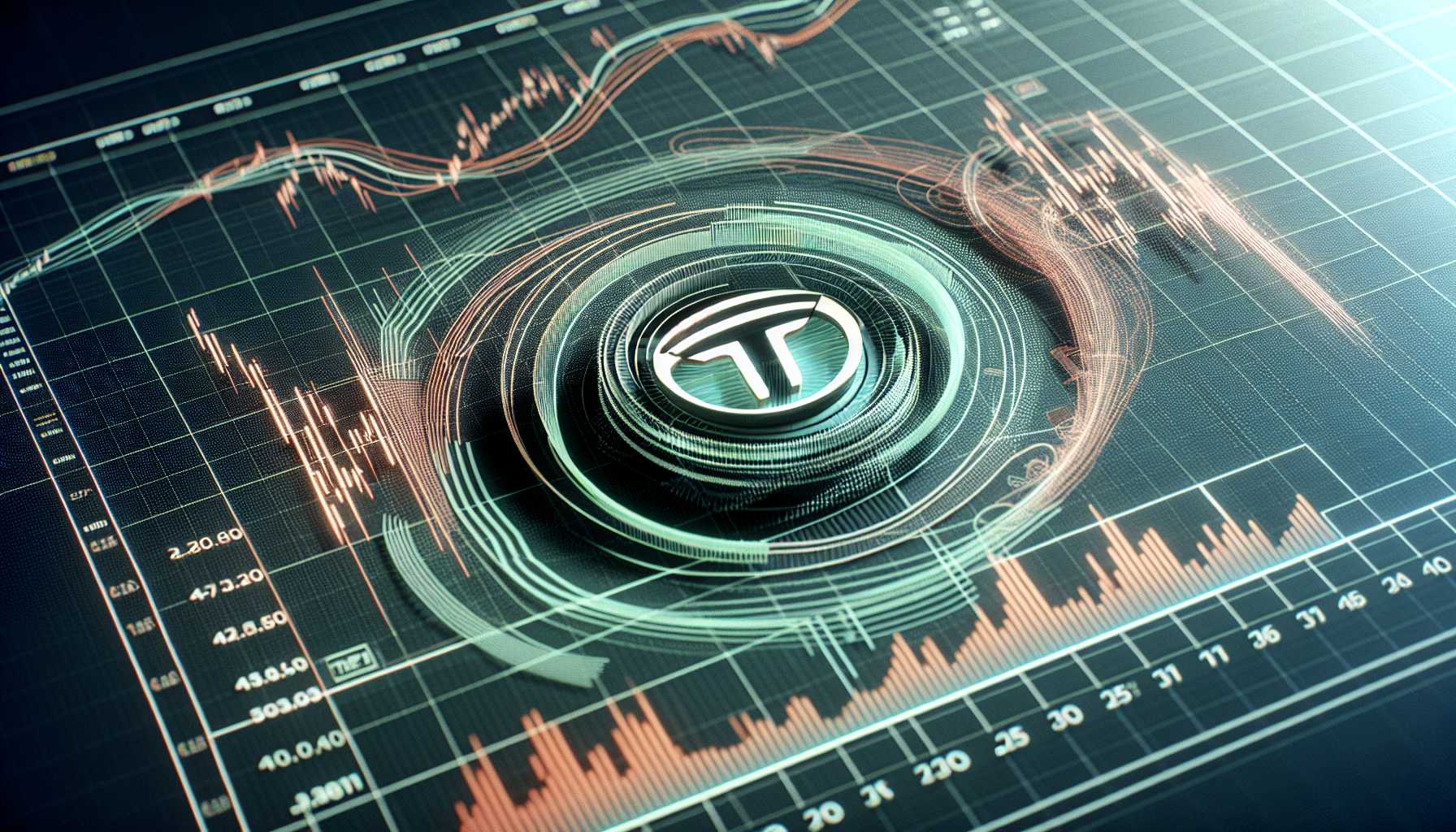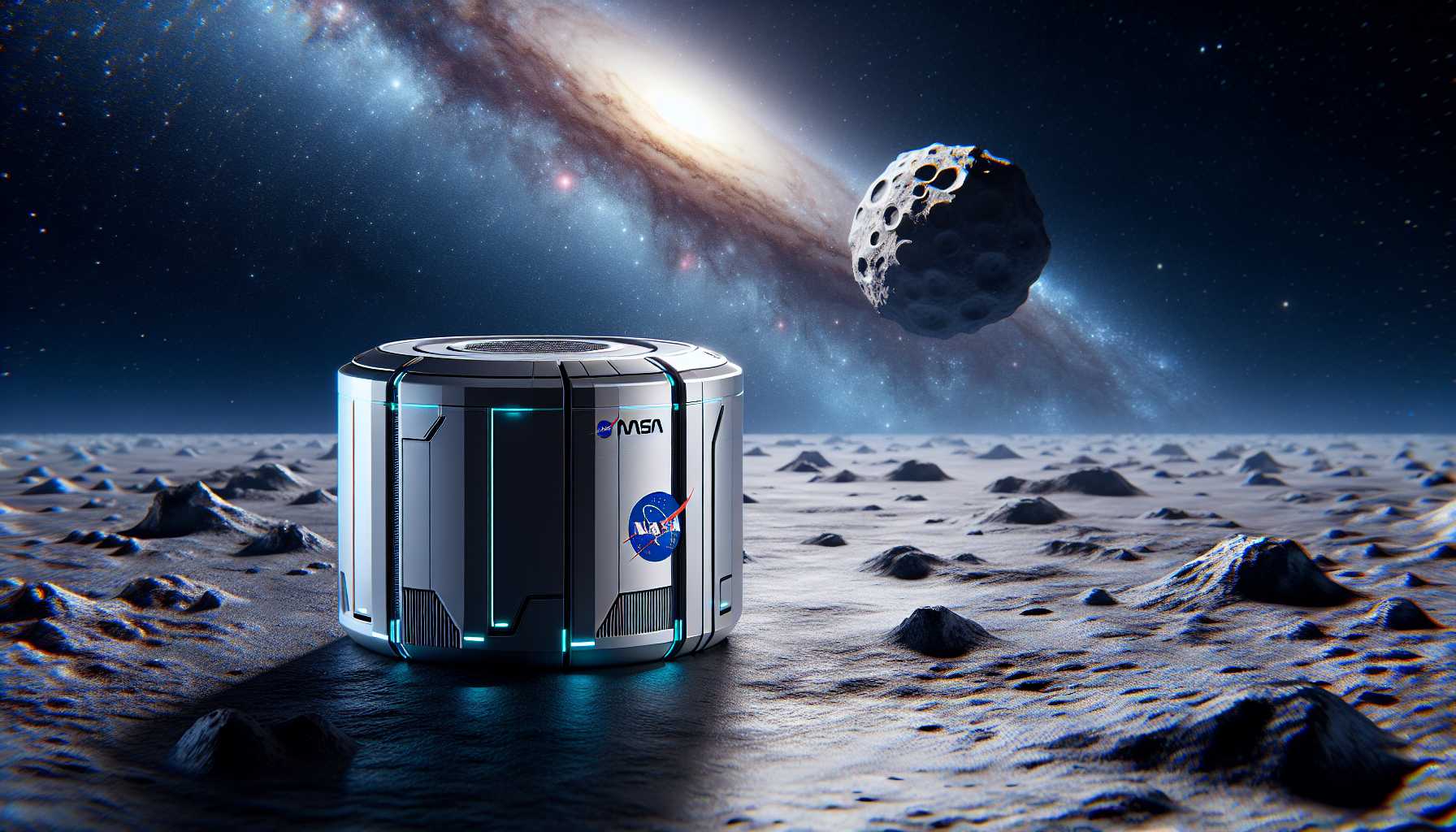The rapid pace of technological evolution never ceases to amaze, and as a tech investor and expert, I’m constantly tuned in to the latest developments that shape the industry. In this post, we’ll delve into the roller coaster ride of Tesla’s stock, the overwhelming excitement around Apple’s new spatial computer, NASA’s cosmic struggles, indie games defying AI controversies, and the intriguing gamble by Big Tech on AI subscriptions.
Tesla’s Testing Times: Analyst Slash and Stock Slump
 The electric vehicle (EV) juggernaut Tesla is facing a bumpy road early in 2024. With the stock tumbling and vehicle prices being cut left and right, the pressure on margins is palpable. Morgan Stanley’s Adam Jonas, a bullish voice in the Tesla choir, has adjusted his TSLA stock price target to $345 from $380, although maintaining an overweight rating. The reason? A cautionary outlook on Tesla’s volume and profitability, and the global EV momentum showing signs of a plateau. Tesla’s aggressive discounting reflects a broader challenge—EV supply and demand are out of sync. Yet, amidst the fiscal frictions, Tesla has pushed forward with its Full Self-Driving (FSD) Beta Version 12 release to some paying customers. Despite the stock’s fifth weekly decline, there are glimmers of resilience with slight stock upticks during market action. It indicates a mixed sentiment, hinting at potential buy points for investors. Elon Musk’s latest musings on becoming an AI and robotics leader have made waves. But with analyst consensus on the earnings per share dipping, there’s a collective breath-holding for what’s next in Tesla’s electrifying narrative.
The electric vehicle (EV) juggernaut Tesla is facing a bumpy road early in 2024. With the stock tumbling and vehicle prices being cut left and right, the pressure on margins is palpable. Morgan Stanley’s Adam Jonas, a bullish voice in the Tesla choir, has adjusted his TSLA stock price target to $345 from $380, although maintaining an overweight rating. The reason? A cautionary outlook on Tesla’s volume and profitability, and the global EV momentum showing signs of a plateau. Tesla’s aggressive discounting reflects a broader challenge—EV supply and demand are out of sync. Yet, amidst the fiscal frictions, Tesla has pushed forward with its Full Self-Driving (FSD) Beta Version 12 release to some paying customers. Despite the stock’s fifth weekly decline, there are glimmers of resilience with slight stock upticks during market action. It indicates a mixed sentiment, hinting at potential buy points for investors. Elon Musk’s latest musings on becoming an AI and robotics leader have made waves. But with analyst consensus on the earnings per share dipping, there’s a collective breath-holding for what’s next in Tesla’s electrifying narrative.
Apple’s Vision Pro: A Spatial Sensation Amid Supply Strains
 From Tesla’s tarried trajectory, we switch to Apple’s latest innovation making waves: the Vision Pro spatial computer. Despite manufacturing hiccups that led to slashed initial production estimates, the preorder weekend burst through with sales figures that would make any tech giant giddy. Ming-Chi Kuo, an analyst with a finger on the pulse of the Cupertino-based company, reported sales between 160,000 to 180,000 units—smashing expectations. But this isn’t just any tech release—it’s a harbinger of emerging trends in the uber-competitive space of spatial computing. Despite its price tag, the Vision Pro’s early adoption rates speak volumes about consumer appetite for cutting-edge tech. However, with shipping times stretching far beyond the norm and no in-store gold rush, one has to wonder, will this first wave of fascination crest into a sustained demand, or ebb as a niche novelty?
From Tesla’s tarried trajectory, we switch to Apple’s latest innovation making waves: the Vision Pro spatial computer. Despite manufacturing hiccups that led to slashed initial production estimates, the preorder weekend burst through with sales figures that would make any tech giant giddy. Ming-Chi Kuo, an analyst with a finger on the pulse of the Cupertino-based company, reported sales between 160,000 to 180,000 units—smashing expectations. But this isn’t just any tech release—it’s a harbinger of emerging trends in the uber-competitive space of spatial computing. Despite its price tag, the Vision Pro’s early adoption rates speak volumes about consumer appetite for cutting-edge tech. However, with shipping times stretching far beyond the norm and no in-store gold rush, one has to wonder, will this first wave of fascination crest into a sustained demand, or ebb as a niche novelty?
NASA’s Cosmic Can Opener Conundrum
 Let’s take a leap from terrestrial technology to the final frontier, where even NASA isn’t immune to the universal battle with stubborn lids. In a near-comedic turn of events, the space agency’s three-month tussle with the asteroid sample container from Bennu—yes, we’re talking space rocks here—offers a humbling reminder of the challenges posed by extraterrestrial exploration. NASA’s perseverance, and new tool development to access the samples, echoes the iterative process we often see in tech innovation, albeit with a cosmic twist.
Let’s take a leap from terrestrial technology to the final frontier, where even NASA isn’t immune to the universal battle with stubborn lids. In a near-comedic turn of events, the space agency’s three-month tussle with the asteroid sample container from Bennu—yes, we’re talking space rocks here—offers a humbling reminder of the challenges posed by extraterrestrial exploration. NASA’s perseverance, and new tool development to access the samples, echoes the iterative process we often see in tech innovation, albeit with a cosmic twist.
Palworld Phenomenon: Indie Game Withstands AI Accusation Onslaught
 From space, we plummet back to cyberspace, where the indie game Palworld has defied the odds and the AI controversy. Selling 86,000 copies an hour, the game hit four million sales within its first three days, leaving industry veterans and newcomers alike in awe. Despite being a work in progress, Palworld’s eclectic mix of open-world exploration and creature collection has caught the gaming community’s imagination, challenging preconceived notions of what influences gamers’ purchasing decisions. Steam’s new rules demand transparency in AI-generated content, and Palworld’s silent stance leaves many questions. Yet the game’s sales velocity raises another query—is the fury over AI use in games more industry apprehension than consumer concern? Palworld’s success story unveils a potential divergence between gamer sentiment and sector speculation.
From space, we plummet back to cyberspace, where the indie game Palworld has defied the odds and the AI controversy. Selling 86,000 copies an hour, the game hit four million sales within its first three days, leaving industry veterans and newcomers alike in awe. Despite being a work in progress, Palworld’s eclectic mix of open-world exploration and creature collection has caught the gaming community’s imagination, challenging preconceived notions of what influences gamers’ purchasing decisions. Steam’s new rules demand transparency in AI-generated content, and Palworld’s silent stance leaves many questions. Yet the game’s sales velocity raises another query—is the fury over AI use in games more industry apprehension than consumer concern? Palworld’s success story unveils a potential divergence between gamer sentiment and sector speculation.
The AI Subscription Bet: Will Big Tech Cash In on Continuous Learning?
 Lastly, let’s dissect the newfound fascination with AI subscriptions among Silicon Valley’s elite. As companies pour funds into artificial intelligence, the return-on-investment remains hazy. The latest strategy? Monthly subscriptions for AI-enhanced products and services. OpenAI’s ChatGPT Plus, Amazon’s rumored Alexa Plus, and others reveal a pattern echoing the early days of streaming. But therein lies a fundamental question: Is the public willing to invest in a suite of AI capabilities with unclear practical return? With OpenAI leading the charge, and others trailing, the experiment is in full swing. Will AI subscriptions become inexorable offerings, or will they fade into the background, much like many short-lived tech phenomena? The success or failure of this AI subscription experiment will arguably influence the next phase of Big Tech’s growth—and perhaps the industry’s broader trajectory.
Lastly, let’s dissect the newfound fascination with AI subscriptions among Silicon Valley’s elite. As companies pour funds into artificial intelligence, the return-on-investment remains hazy. The latest strategy? Monthly subscriptions for AI-enhanced products and services. OpenAI’s ChatGPT Plus, Amazon’s rumored Alexa Plus, and others reveal a pattern echoing the early days of streaming. But therein lies a fundamental question: Is the public willing to invest in a suite of AI capabilities with unclear practical return? With OpenAI leading the charge, and others trailing, the experiment is in full swing. Will AI subscriptions become inexorable offerings, or will they fade into the background, much like many short-lived tech phenomena? The success or failure of this AI subscription experiment will arguably influence the next phase of Big Tech’s growth—and perhaps the industry’s broader trajectory.
The Verdict
As we navigate this multifaceted landscape, it’s evident that the tech world is in a state of flux. From auto giants grappling with market forces to tech titans testing the waters of AI monetization, the stakes are high, and the outcomes uncertain. These narratives encapsulate the restless nature of technological progress and the gamble of innovation—a characteristic that underpins the industry. Stay tuned to this blog for future updates as we continue to unearth the nuances behind these evolving stories in the tech realm.





